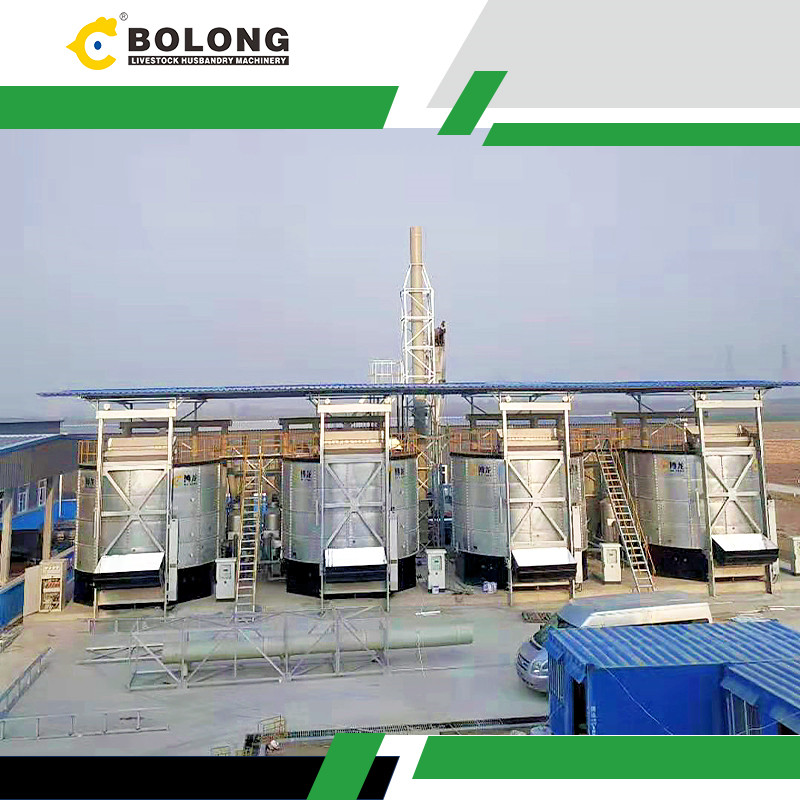
Scaling Down of Biopharmaceutical Unit Operations — Part 1: Fermentation
2005/3/1/ · HARDWARE SCALE-DOWN GUIDELINES. Fermentation processes often involve several scales of operation, encompassing inoculum development, seed expansion, and production fermentation. The differences in volumes between the steps in a single fermentation process can be 10X to 100X for the pilot scale, and 1,000 to 100,000X for
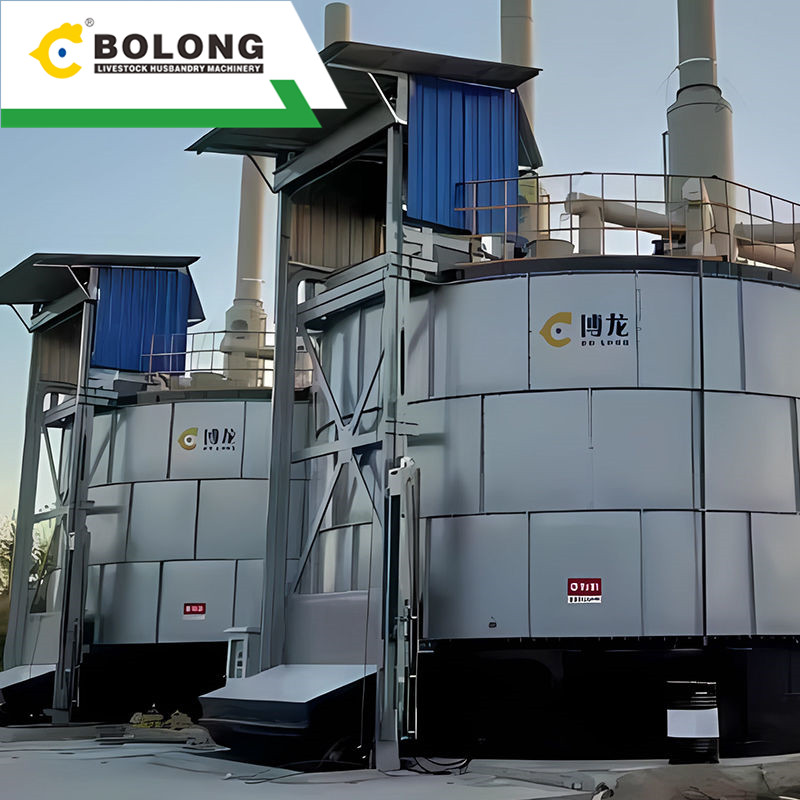
Restoration of acidified dry anaerobic digestion of food waste
2022/2/1/ · 1. Introduction. The volume of municipal solid waste (MSW) in China has risen from 31.3 million tonnes in 1980–203.6 million tonnes in 2016, and will reach 480 million tonnes in 2030 as a result of globalization and rapid urbanization [38], [41].Anaerobic digestion (AD) of MSW is one of the most used for sustainable waste

Scaling down of biopharmaceutical unit operations - Part I
2005/3/1/ · Subsequently, the unit operations were applied successively in a comparative manner to large-scale manufacturing. This allows the assessment of the effects of changes in one unit operation to the
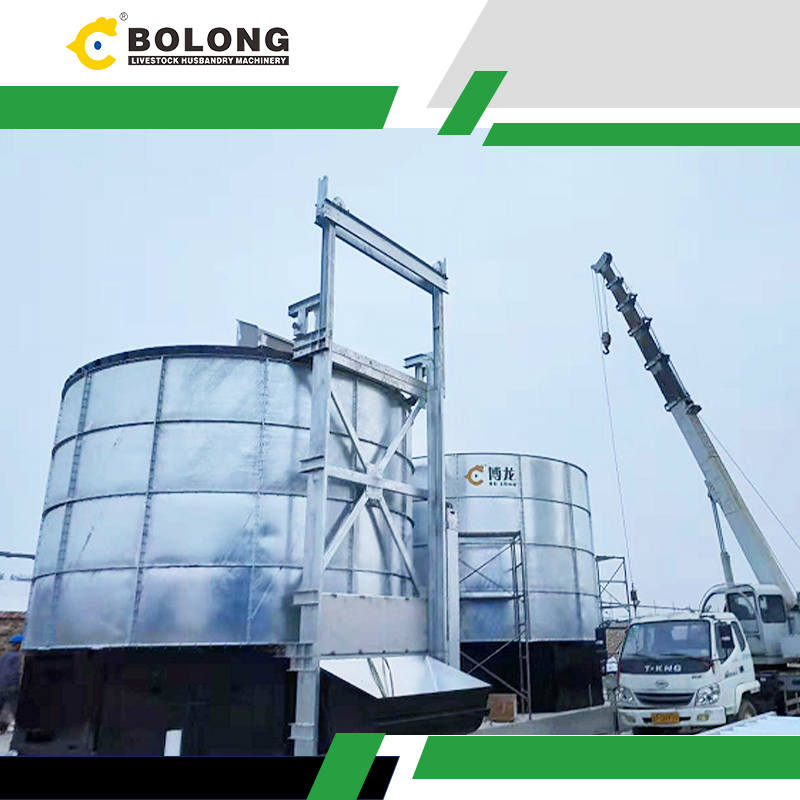
Guidance for Industry, Q7A Good Manufacturing Practice
2001/9/24/ · Sewage, refuse, and other waste (e.g., solids, liquids, or gaseous by-products from manufacturing) in and from buildings and the immediate surrounding area should be disposed of in a safe, timely
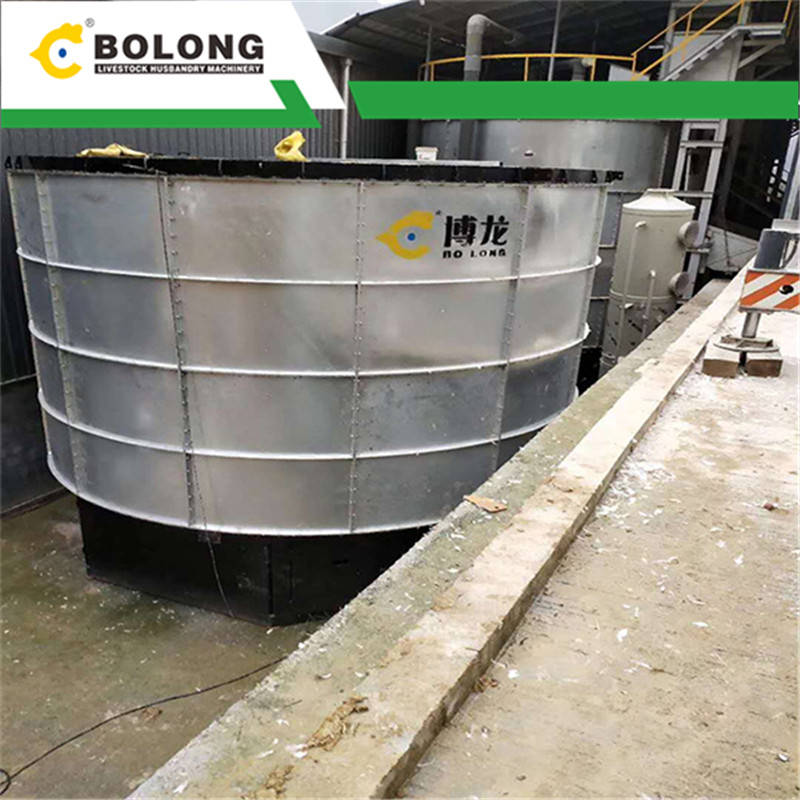
Valorization of Vegetable Food Waste and By-Products Through
2020/10/19/ · The first part of this minireview provides an overview of recent trends in by-product valorization through microbial fermentation considering: (i) microorganisms selected (LAB, other bacteria, fungi, and yeasts), (ii) main compounds produced and nutritional achievements, (iii) fruit and vegetable wastes and by-products.
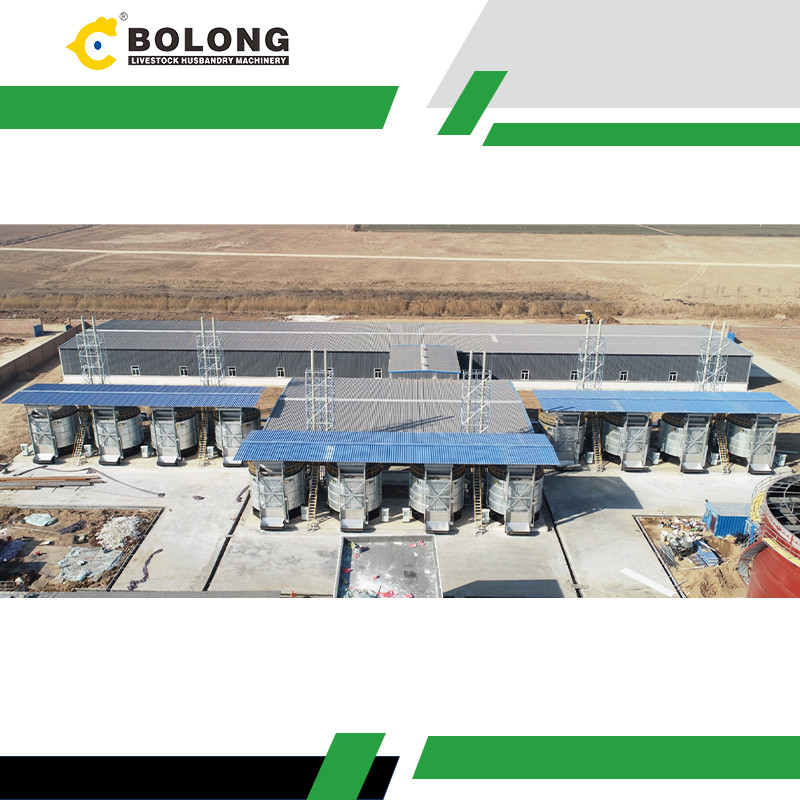
Scale-up of industrial microbial processes - PMC - National
2018/6/1/ · This is because fermentation is usually the costliest process step, both in terms of variable costs (raw materials and utilities) and capital investment. In addition, fermentation performance impacts the performance of all downstream unit operations and the amount/nature of process wastes. Fermentation is also a complex unit operation

Frontiers | Innovative Production of Bioproducts From Organic Waste
2019/8/9/ · Solid-state fermentation (SSF) is, by definition, a technology carried out in absence or near absence of free water. Therefore, it allows the use of solid materials as substrates for further biotransformation. SSF has gained attention in the last years being reported as a promising eco-technology that allows obtaining bioproducts of industrial

Modernization of Fermenters for Large-Scale Production in
2018/4/10/ · Lager fermenters are generally three to four times shorter in their diameter than the height and use an operation pressure of 1–1.5 bar. European fermentation tanks for lager beer commonly use shorter tanks with a diameter-to-height ratio of <2:1, which causes fermentation to equalize more completely than in horizontal vessels.

UNIT 3 FOOD FERMENTATION TECHNOLOGY - eGyanKosh
Check Your Progress Exercise 3. requirements of an ideal fermenter:For aerobic fermentation, an aeration port is required to ensure sufficient ox. en supply during the fermentation.Provision of ports for the addition of acid, base, nutrients, etc., and ports for removal of spent medium, and or recovery of.

Low-waste fermentation-derived organic acid production by
2021/6/5/ · Organic acids, e.g, citric acid, fumaric acid, lactic acid, malic acid, pyruvic acid and succinic acid, have important role in the food industry and are potential raw materials for the sustainable chemical industry. Their fermentative production based on renewable raw materials requires innovatively designed downstream processing to

进一步探索
Dry Fermentation is best suited for operations that process organic waste with a total solids content greater than 25%, including: Food waste, Yard clippings, Dry manure on bedding,Other high-solids waste. Biogas dry fermentation technology is an effective way

Operation of a two-stage fermentation process producing
2007/2/15/ · Abstract. A pilot-scale experimental plant for the production of hydrogen and methane by a two-stage fermentation process was constructed and operated using a mixture of pulverized garbage and shredded paper wastes. Thermophilic hydrogen fermentation was established at 60 degrees C in the first bioreactor by inoculating with

Solid-State Fermentation as a Novel Paradigm for Organic Waste
The abundance of organic solid waste throughout the world has become a common issue that needs complete management at every level. Also, the scarcity of fuel and the competition between food and substance as an alternative to a petroleum-based product has become a major problem that needs to be properly handled. An urge to find renewable …

Sustainable ecofriendly recruitment of bioethanol fermentation
2022/1/15/ · The spent waste rice straw (SWRS) disposed from the bioethanol process recorded calorific value of approximately 17.62 MJ/kg recommending its applicability as a solid biofuel. To maximize the beneficial utilization of the new produced waste, the feasibility of SWRS for biosorption of petroleum polluted wastewater was inventively investigated.